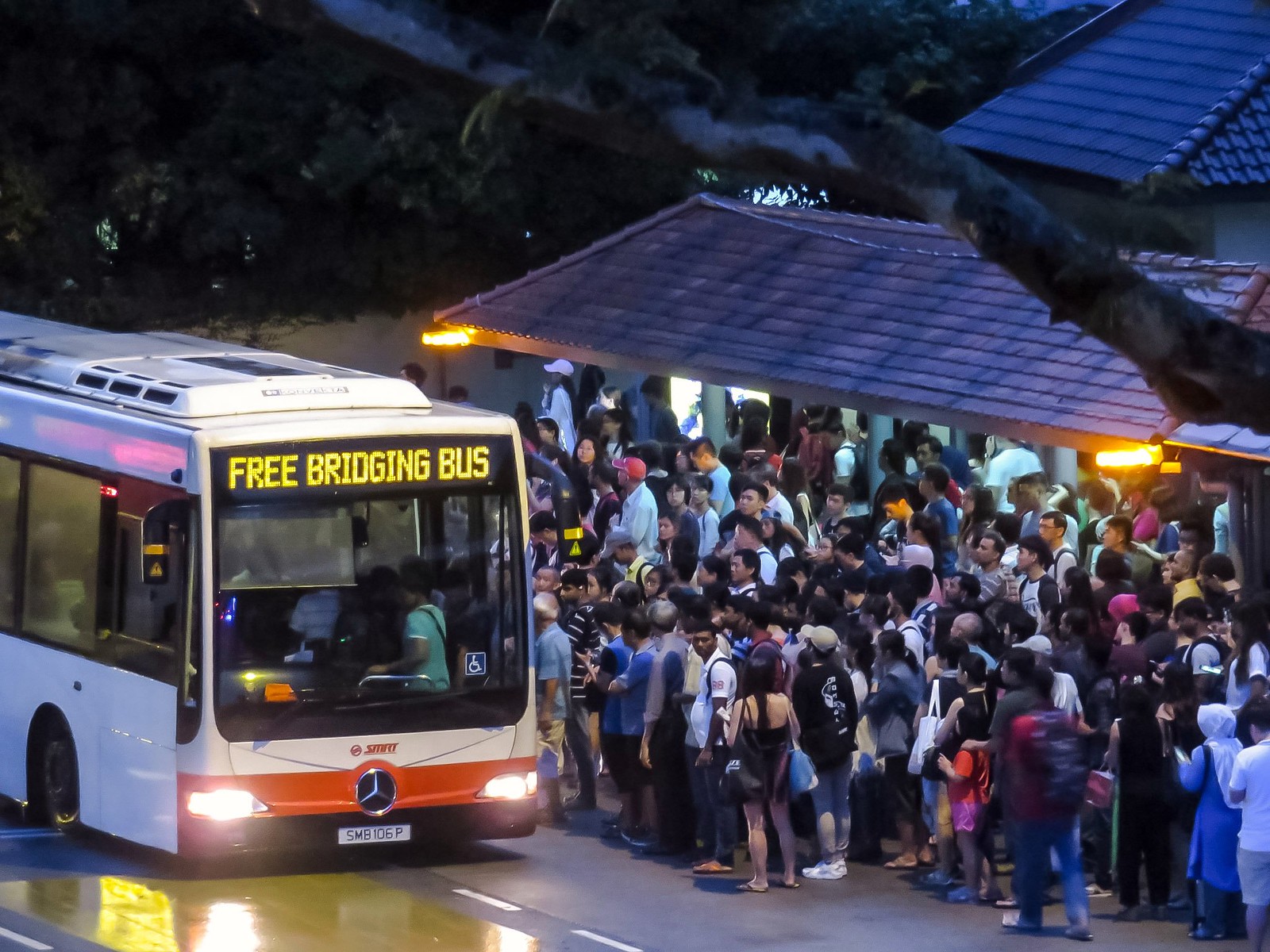Minimising worst-case scenario downtime for rail transit networks
FRS researchers developed a new optimisation model to minimise system downtime based on a study of Singapore’s mass rapid transit (MRT).

Delays and disruptions to service are inevitable occurrences in urban public transit systems. But how can planners and engineers maximise downtime and reduce its effects on commuters?
In a recent study, FRS researchers Prof. Ng Tsan Sheng Adam and Dr Alberto Costa, and FRS alumnae Dr Xu Lei, examined strategies to optimise the worst-case expected downtime, and subsequently come up with a model for disruption tolerance for a rail transit network.
Through their testing of this model on Singapore’s Mass Rapid Transit (MRT) urban metro network, the researchers’ found that average fulfilled commuter outflow after disruptions outperformed that of some benchmark probabilistic mitigation strategies. Real-life application of these findings will help inform transport planners, and how they deploy mitigation strategies such as platform downtime protection and bus-bridging services.
The full study, external page Optimizing Disruption Tolerance for Rail Transit Networks Under Uncertainty, can be read in the journal Transportation Science.
Lei Xu, Tsan Sheng (Adam) Ng, Alberto Costa. Optimizing Disruption Tolerance for Rail Transit Networks Under Uncertainty. Transportation Science 0 (0). external page https://doi.org/10.1287/trsc.2021.1040